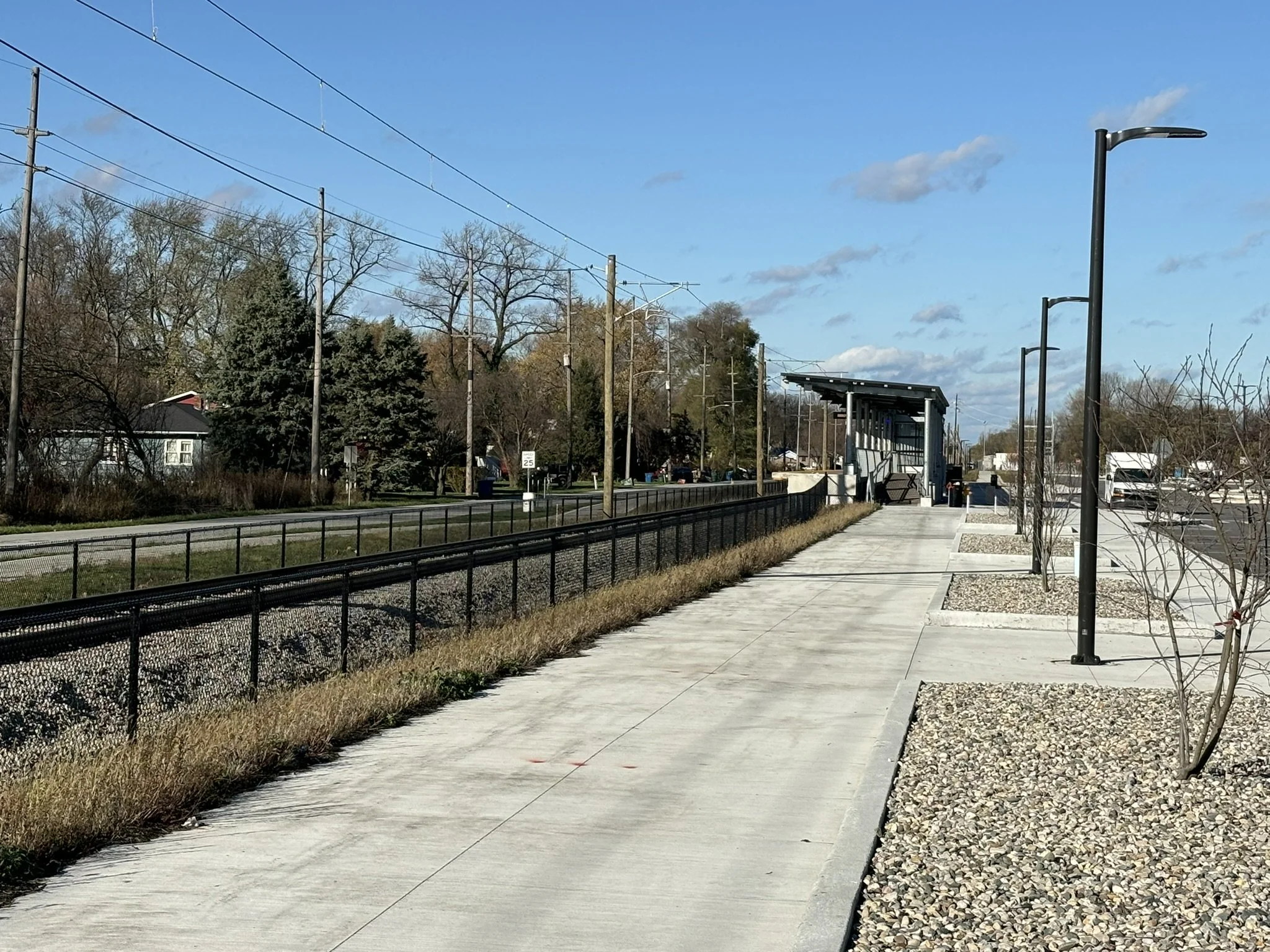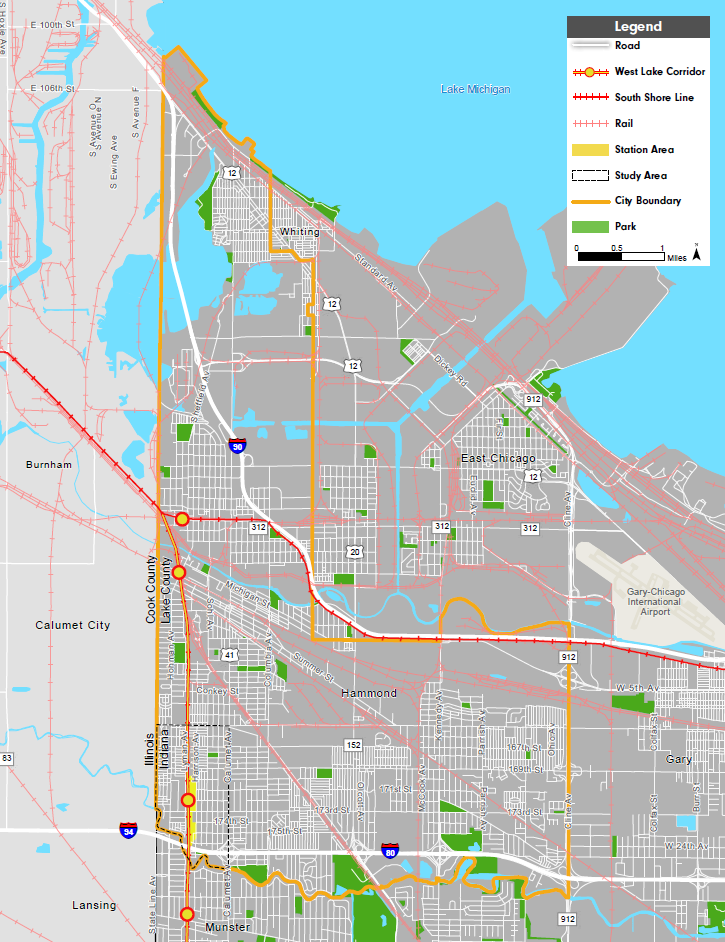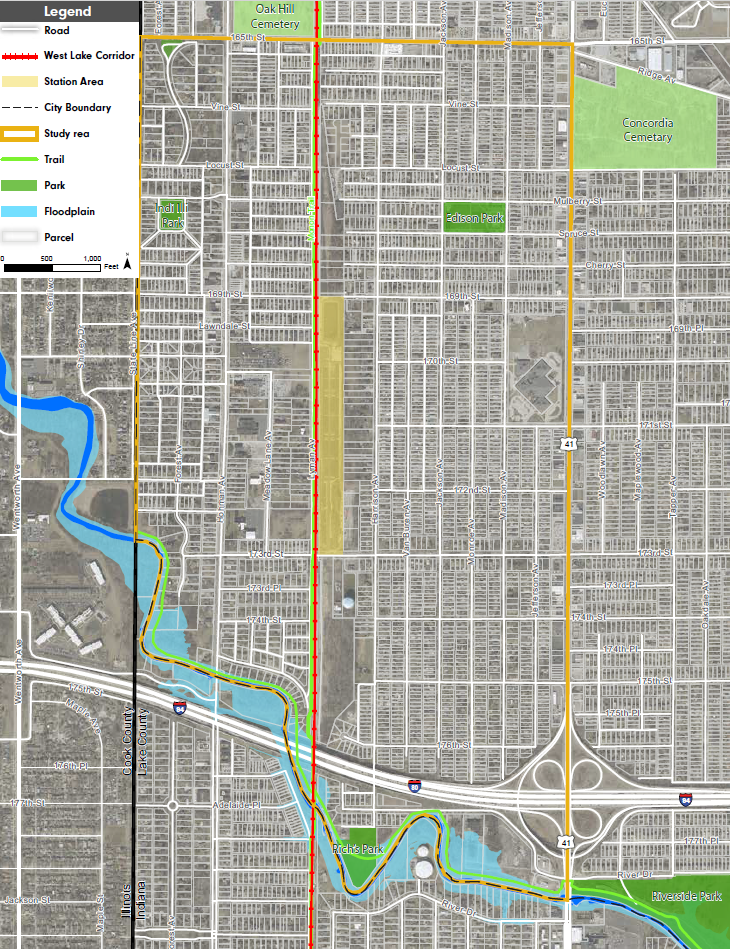
SOUTH HAMMOND NEIGHBORHOOD PLAN
We are partnering with the City of Hammond to develop a Neighborhood Plan for the South Hammond neighborhood in anticipation of a transformative new commuter rail station. This station, part of the West Lake Corridor extension of the South Shore Line, will directly connect South Hammond to downtown Chicago and surrounding northwest Indiana communities, creating significant opportunities for growth and revitalization.
Our team is working closely with residents, stakeholders, and city leaders to craft a plan that reflects the community’s vision while guiding future development around the station area. The West Lake Corridor project, an 8-mile southern extension currently nearing 80% completion as of August 2024, will replace the existing Hohman Avenue station with the new Hammond Gateway Station, scheduled to open in mid-August 2024. The full line is expected to begin service by May 2025, positioning South Hammond for a major economic and transit-oriented transformation.
Existing conditions
As illustrated by the maps below, the legacy of industrialization is imprinted in the City of Hammond, as industrial land uses and a plethora of predominately freight rail lines define the City’s urban footprint. Closely tied to Chicago, the City has benefited from the South Shore lines that connect it to communities in Chicagoland. The new Westlake corridor, which is a new branch of the Southshore line aims to further connect the City to the region.
The Study Area and Land Use Maps shows the surrounding neighborhood and its features. The new South Hammond Station is predominately surrounded by single-family homes, with some outlying commercial uses along main throughfares, such as 165th Street and Calumet Avenue. Institutional uses are also within the vicinity of the new station, with a large presence of churches West of the station area and an elementary school a few blocks to the East. With commuters and travelers expected to use this station in the coming decades, new opportunities remain present for this neighborhood and the city to pursue new, appropriate development that provides new opportunities for residents.


